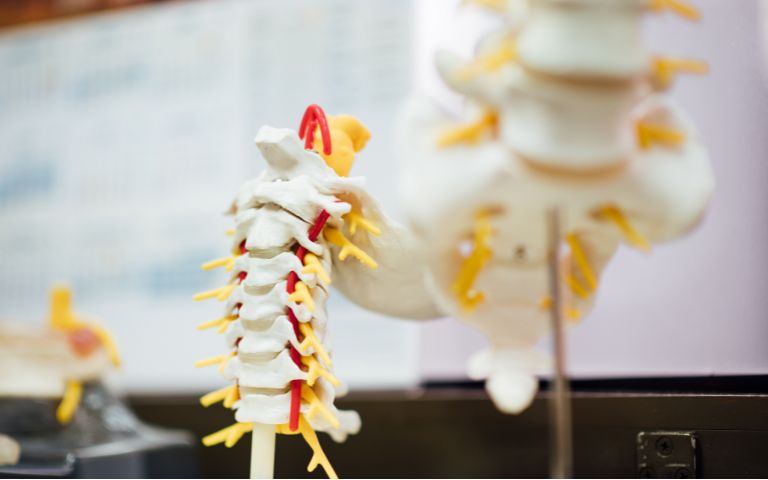What Is Important To Know About Back Pain and Lower Back Pain
Back pain, particularly lower back pain (LBP) is one of the major causes of disability and a source of substantial healthcare spending in the world. You will be surprised to know that back pain is one of the top five medical problems in modern society. Since back pain is a symptom, it is important that the root cause of the problem is identified first before proper treatment can be started. Individuals who are suffering from back pain should look for a back pain management solution that suits their needs.

While majority of back pain (almost 90%) is classified as “non-specific”, indicating that the exact cause of the pain is not clear, 10% of the patients with LBP may have other serious underlying pathology such as an infection or malignancy, which demands a timely and accurate diagnosis before proper treatment can be initiated. For a back pain specialist, the signs and symptoms that suggest a patient’s back pain may be the result of a potentially serious pathology as opposed to the more common underlying causes such as tissue injury, sustained postural overload, or RSI are referred to as Back Pain Red Flags.
The presence of any of the back pain red flags in a patient means that there is a need to thoroughly investigate the patient for other serious diseases such as cancer, inflammatory arthritis, abdominal aortic aneurysms, infections, and auto-immune diseases. The good news is that the majority of the patients (as much as 90%) with LBP do not suffer from any of these serious pathologies. But, as a patient, it is important for you to be aware of these back pain red flags and understand what it could mean so that you can get the right treatment at the right time.

5 Important Back Pain Red Flags
Following is a list of 5 important back pain red flags that you need to keep in mind and understand and try to convey to your doctor since these are the initial signs and indications that can make the difference between early and complete recovery and more complications in the future.
- Unexplained Weight Loss – although usually not associated with back pain, if you are losing weight rapidly, it can be a symptom of cancer.
- History of Malignancy – patients with back pain who also have a previous history of cancer, need to pay special attention since there is always a possibility of recurrence.
- Bladder or Bowel Dysfunction – any time you experience bladder or bowel dysfunction as a result of back pain, it can be a sign that the nerves in the spinal cord may be seriously injured.
- Severe Sensory or Motor Disturbance – severe sensory or motor disturbance associated with LBP may be an indication that there is something wrong with your spinal nerves.
- Saddle Anesthesia – LBP patients who experience loss of sensation in the buttock area may be suffering from CaudaEquina syndrome.
Southbank Medical Centre
Doctor Melbourne

